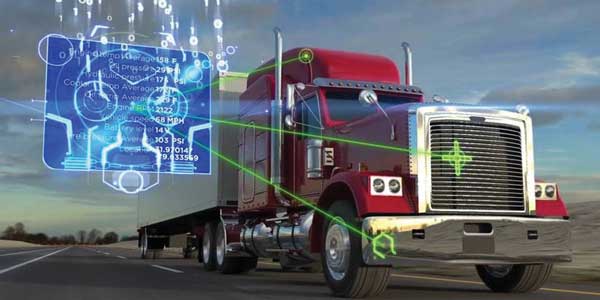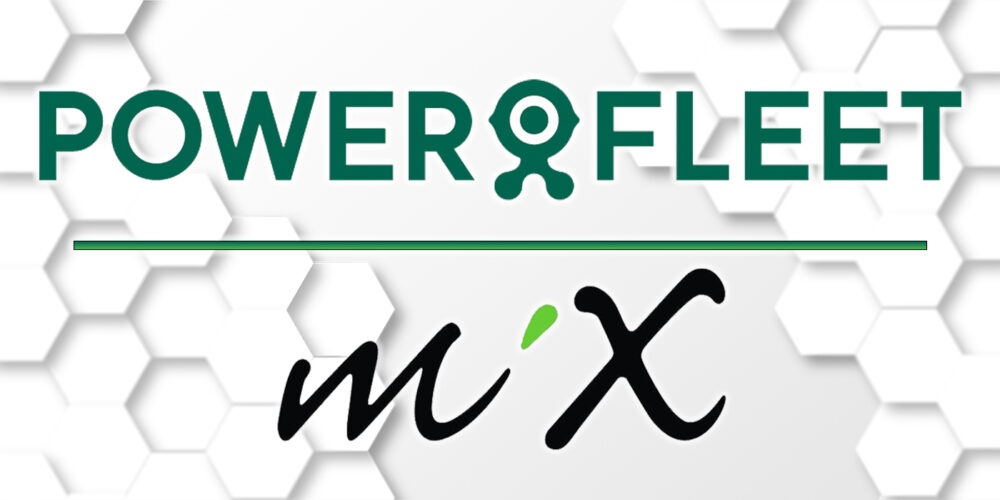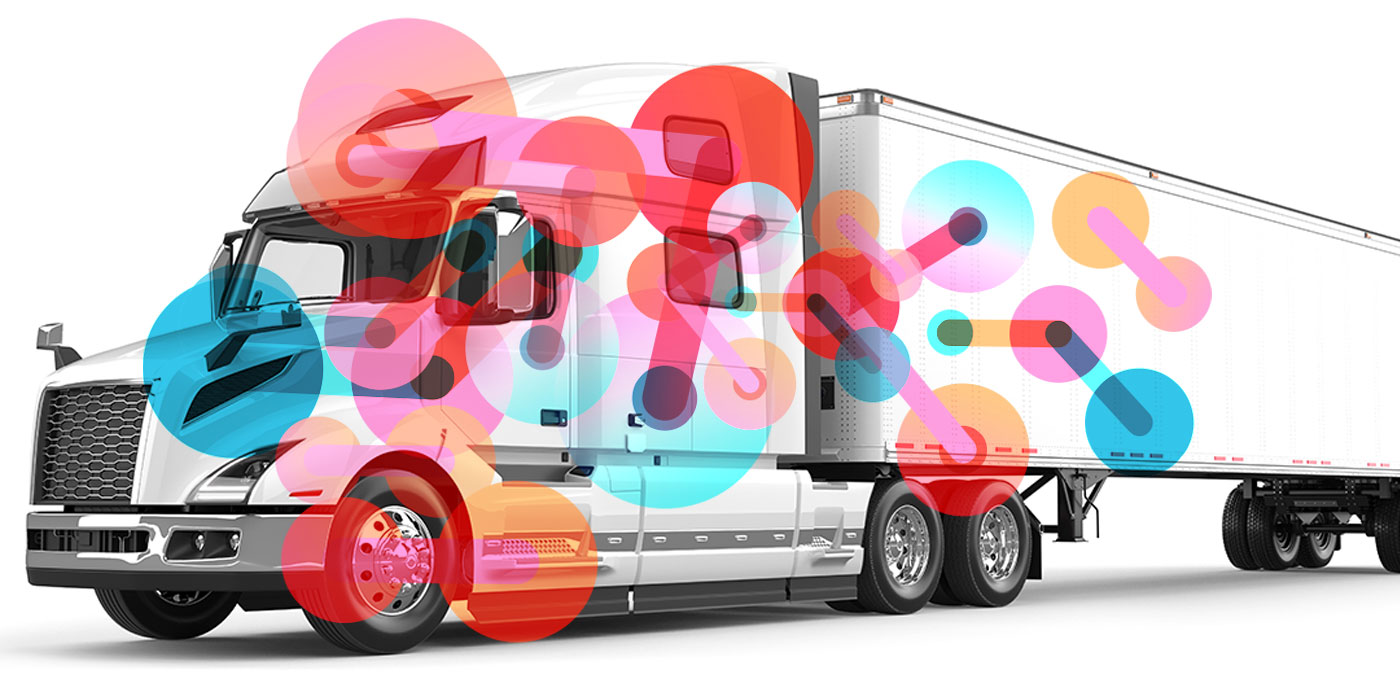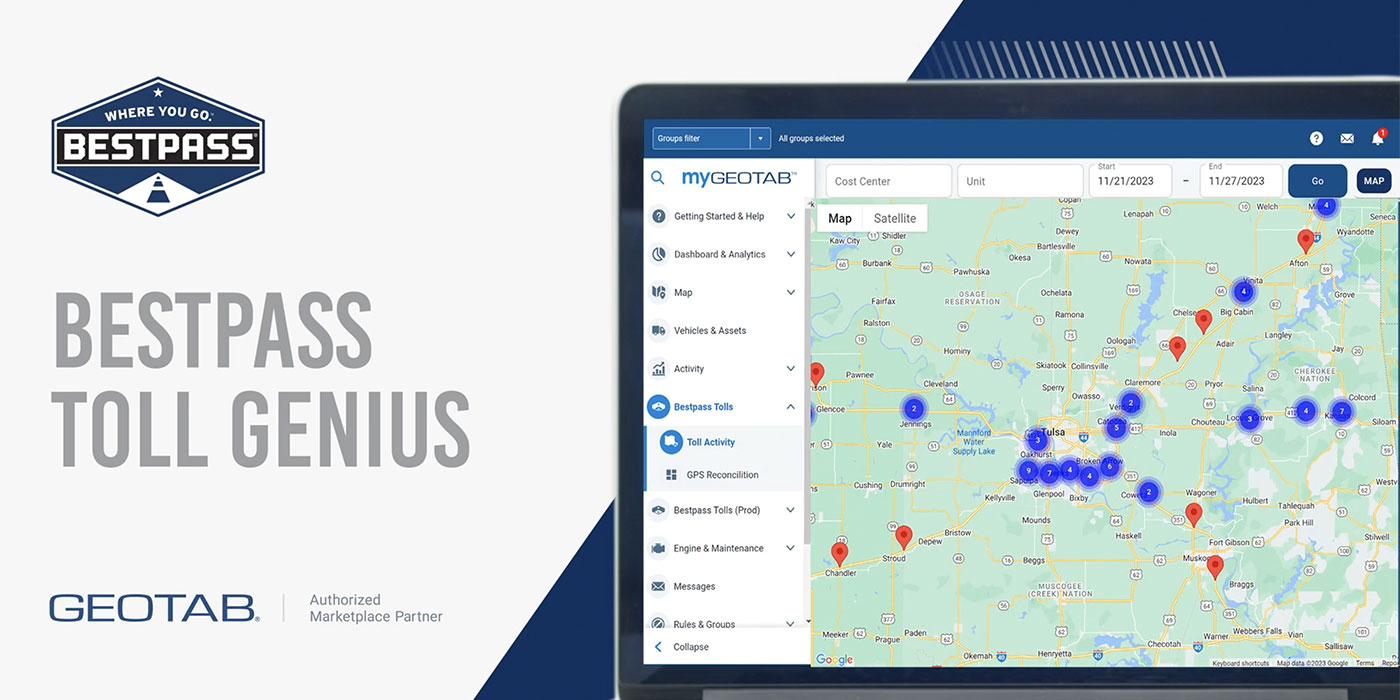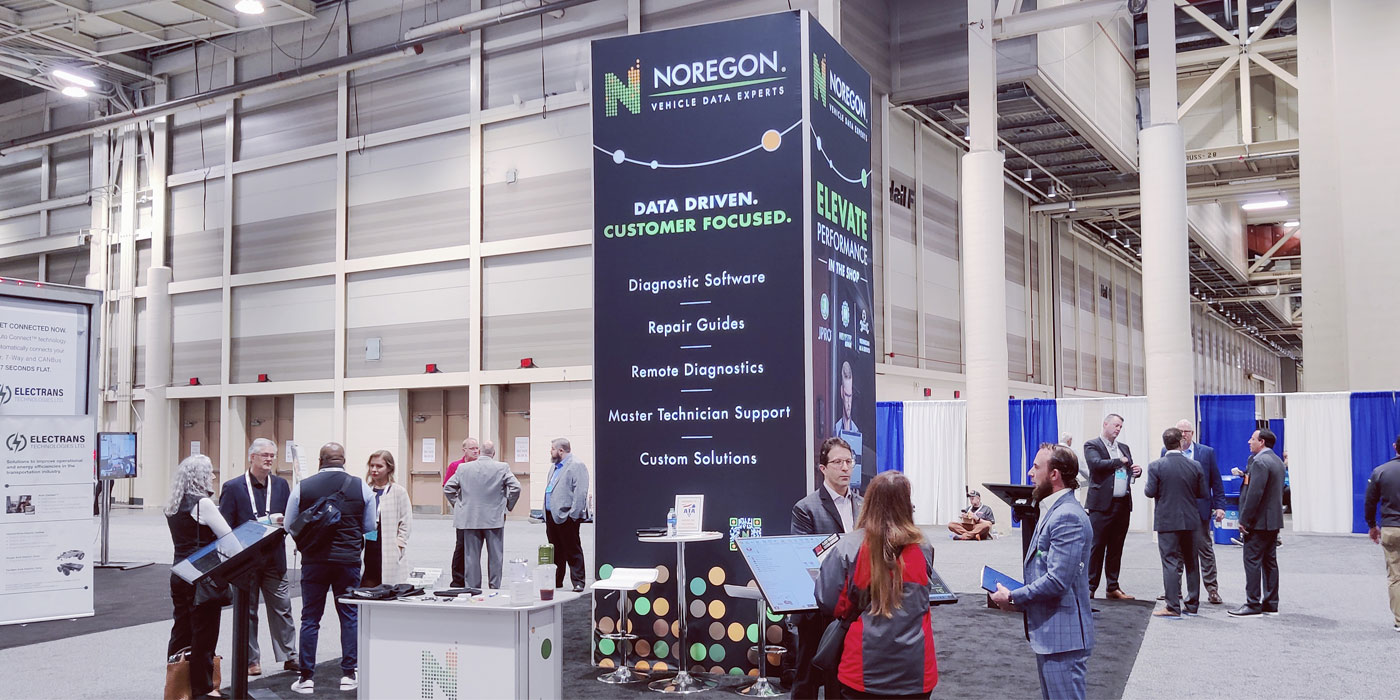The transportation industry has long known the benefits of telematics—the technology and process of capturing and transmitting fleet data to help drive business decisions. Fleet management systems have leveraged this data to improve visibility into vehicle location and operations.
However, current methods rely heavily on human interpretation of data. While this does not present a problem if you are managing a small fleet, it quickly becomes overwhelming as the size of the fleet and the data it generates increases.
The good news is that there is a solution: Much progress has been made in commercial applications using concepts that fall under the general umbrella of the Internet of Things (IoT). This is much more than collecting telematics data; it is a confluence of technology that makes that data more useful than ever.
Data overload
A common complaint of fleet managers is understanding the fire hose of data that can be generated from telematics units. The most common way of visualizing this information is a dashboard, which is a reactive approach to conditions in the field and often lacks context. It is one thing to know that a diagnostic trouble code (DTC) has triggered, but what does it really mean?
Many fleets rely on triage lists, sometimes provided by the vehicle manufacturer, to understand how to react to a situation. The reality is that more than one DTC is typically active at the same time and it is difficult to understand how those individual symptoms contribute to a root cause—something you can take action on.
This results in a response that is based more on a gut feeling than facts. Fleets have learned the hard way that this can lead to false positives (taking a vehicle out of service unnecessarily) or false negatives (not catching a real problem soon enough).
Analytics provide clarity
The key to managing large amounts of data is thinking beyond dashboards and leveraging data analytics to pinpoint the meaningful patterns in telematics data. The process can combine vehicle data with other public and private data sources to provide the necessary context, leading to more accurate decisions.
Analytics can be applied in several ways to solve different fleet concerns. For example, predictive analytics act as an early warning system, surfacing potential failure events before they happen.
Prescriptive analytics are useful in repair scenarios, moving away from static repair steps and replacing them with an optimized plan based on actual conditions. Fleets are also having success using analytics to tailor maintenance schedules, moving away from pre-defined intervals.
Be proactive
The final step is taking the learning and insights from analytics and automating fleet processes and workflows. Now that you know what constitutes a potential failure event, monitoring for those conditions in real time and managing schedules ahead of the problem reduces unplanned downtime and improves overall fleet performance.
IoT systems combine the best of telematics, data analytics and automation to help fleet managers improve their business performance, creating differentiation and competitive advantage.
This article was contributed by Dave McCarthy, senior director of products at BSQUARE Corp.

